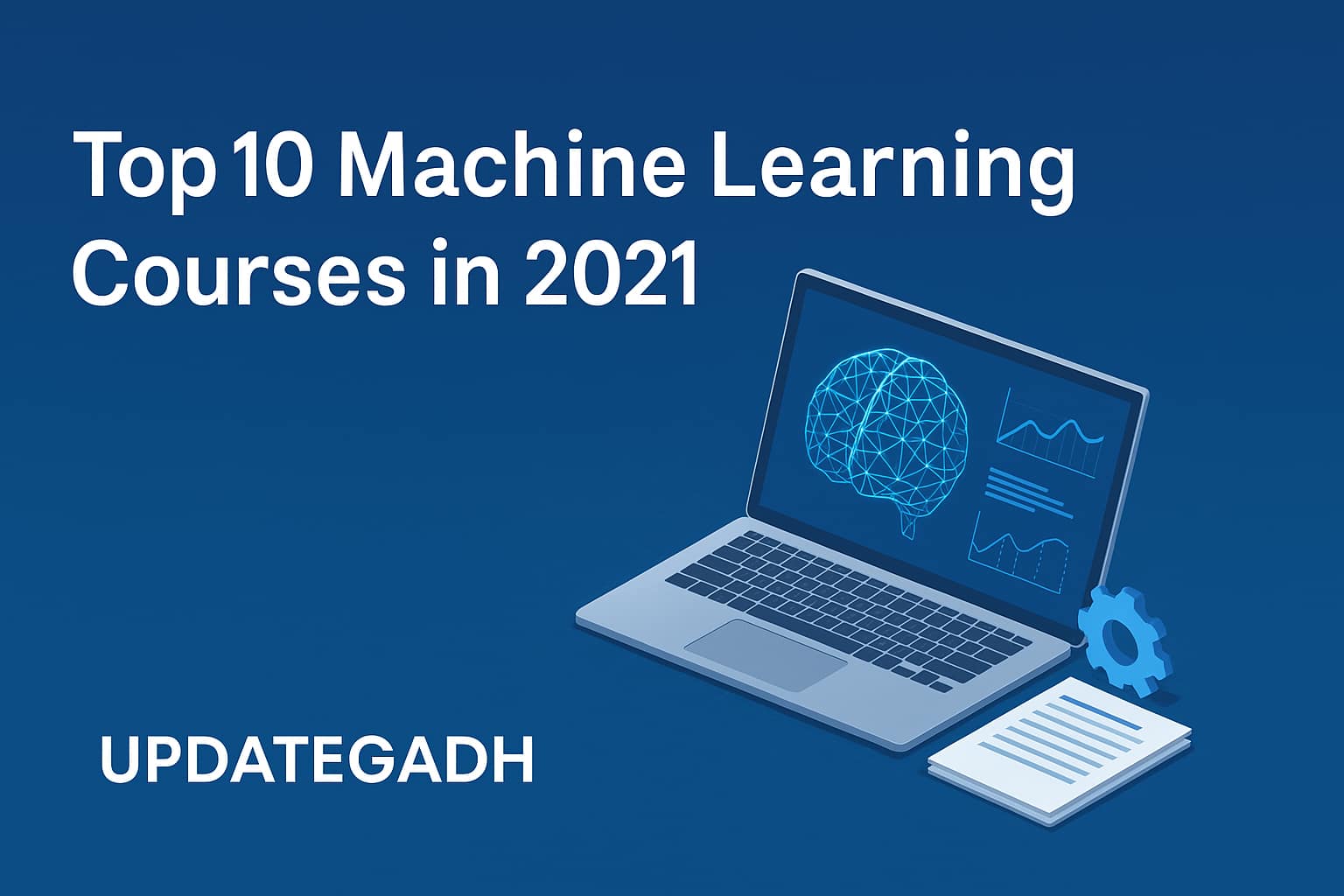
Machine Learning Algorithms
Machine Learning Algorithms
In today’s data-driven world, Machine Learning (ML) has evolved into the brain behind several intelligent systems—from voice assistants and recommendation engines to medical diagnostics and autonomous vehicles. At the heart of these systems lie machine learning algorithms—the core logic that allows computers to learn patterns, predict outcomes, and improve their performance over time, all with minimal human intervention.
Machine learning algorithms analyze massive datasets, identify patterns, and help us make accurate decisions without being explicitly programmed for every scenario. Whether you’re predicting stock prices, filtering spam emails, or detecting credit card fraud, choosing the right ML algorithm is crucial.
In this article, we’ll explore the most popular machine learning algorithms, their categories, and real-world use cases—all explained in a clear and human-friendly manner.
Complete Python Course with Advance topics:-Click Here
SQL Tutorial :-Click Here
Data Science Tutorial:-Click Here
🔍 Types of Machine Learning Algorithms
Three primary categories can be used to broadly classify machine learning algorithms:
- Supervised Learning
- Unsupervised Learning
- Reinforcement Learning
Let’s dive into each of these:
✅ 1) Supervised Learning Algorithms
Training a model on labelled data—that is, data where each input has a matching output—is known as supervised learning. Like a pupil learning under a teacher’s guidance, the algorithm learns by imitation. The model can forecast results for fresh, untested data after training.
Supervised learning is mainly used for:
- Classification (e.g., Email: spam or not spam)
- Regression (e.g., Predicting house prices)
Popular Algorithms:
- Linear Regression
- Logistic Regression
- Decision Trees
- K-Nearest Neighbors (KNN)
- Support Vector Machines (SVM)
🔍 2) Unsupervised Learning Algorithms
Unsupervised learning uses unlabelled data, in contrast to supervised learning. The goal is to discover hidden patterns, groupings, or associations in the data without any predefined output.
Unsupervised learning is useful for:
- Clustering (e.g., Customer segmentation)
- Association (e.g., Market basket analysis)
Popular Algorithms:
- K-Means Clustering
- Apriori Algorithm
- Principal Component Analysis (PCA)
🎮 3) Reinforcement Learning
In reinforcement learning, an agent interacts with its surroundings to learn how to make judgements. It receives rewards or punishments for its actions and modifies its approach accordingly. Think of it as trial-and-error learning.
Popular Algorithm:
- Q-Learning
🧠 Top Machine Learning Algorithms (Explained Simply)
Let’s now explore the most popular machine learning algorithms, what they do, and how they’re applied in the real world.
1. Linear Regression
Used for: Predicting continuous values
Linear Regression identifies a relationship between a dependent variable (Y) and one or more independent variables (X). It tries to fit a straight line (called the regression line) that best represents the data.
Formula:y = a0 + a*x + b
Where:
yis the predicted outputxis the inputa0is the interceptais the slope
Use Cases: Predicting salaries, real estate prices, or sales forecasting.
2. Logistic Regression
Used for: Classification problems
Despite the name, logistic regression is used for predicting categorical outcomes like Yes/No, 0/1, Pass/Fail. It uses the logistic function (sigmoid) to map predicted values to probabilities between 0 and 1.
Use Cases: Diagnosing illnesses, detecting spam, and forecasting customer attrition.
3. Decision Tree
A tree-structured model that splits the dataset based on decision rules. Each internal node represents a feature, branches represent decision rules, and leaf nodes represent outcomes.
Use Cases: Loan approval systems, medical diagnostics, recommendation engines.
4. Support Vector Machine (SVM)
SVM is a powerful algorithm used for classification and regression. It finds the best hyperplane that separates data points into different categories.
Use Cases: Face recognition, text categorization, bioinformatics.
5. Naïve Bayes
This algorithm makes the assumption that characteristics are independent based on Bayes’ Theorem. Even with this “naïve” presumption, it works incredibly well in practical situations.
Formula:P(A|B) = (P(B|A) * P(A)) / P(B)
Use Cases: Email spam filtering, sentiment analysis, document classification.
6. K-Nearest Neighbors (KNN)
KNN is a lazy learner that memorizes the training dataset. When a new data point comes in, it looks at the ‘K’ nearest neighbors and assigns the most common label.
Distance Metrics: Euclidean, Manhattan, Minkowski, Hamming
Use Cases: Image recognition, recommender systems, handwriting detection.
7. K-Means Clustering
This unsupervised algorithm groups data into K clusters based on similarity. Each group has a centroid, and the algorithm tries to minimize the distance between data points and their respective centroids.
Use Cases: Market segmentation, anomaly detection, organizing computing clusters.
8. Random Forest
An ensemble method that builds multiple decision trees and combines their output for improved accuracy and performance.
Each tree gives a classification, and the final result is based on majority voting.
Use Cases: Fraud detection, predictive maintenance, stock price forecasting.
9. Apriori Algorithm
A rule-based algorithm used in association rule mining. It identifies frequent itemsets in large datasets and derives rules to predict future occurrences.
Use Cases: Market basket analysis, product recommendations, healthcare diagnostics.
10. Principal Component Analysis (PCA)
PCA is used for dimensionality reduction. It transforms high-dimensional data into fewer dimensions without losing much information, making it easier to visualize and analyze.
Use Cases: Image compression, gene expression analysis, pattern recognition.
Download New Real Time Projects :-Click here
Complete Advance AI topics:- CLICK HERE
🏁 Final Thoughts
Machine Learning algorithms are the foundation of modern AI systems. The choice of algorithm depends on your data type, the problem you’re solving, and the level of accuracy required. Whether you’re building a predictive model, clustering customer data, or automating decisions, understanding these algorithms is your first step toward building intelligent systems.
💡 Stay tuned with Updategadh for more hands-on guides, source codes, and real-world ML applications.
machine learning algorithms python
machine learning algorithms list
machine learning algorithms pdf
machine learning algorithms for prediction
machine learning algorithms book
machine learning algorithms examples
machine learning algorithms cheat sheet
supervised machine learning algorithms
machine learning
deep learning algorithms







Post Comment